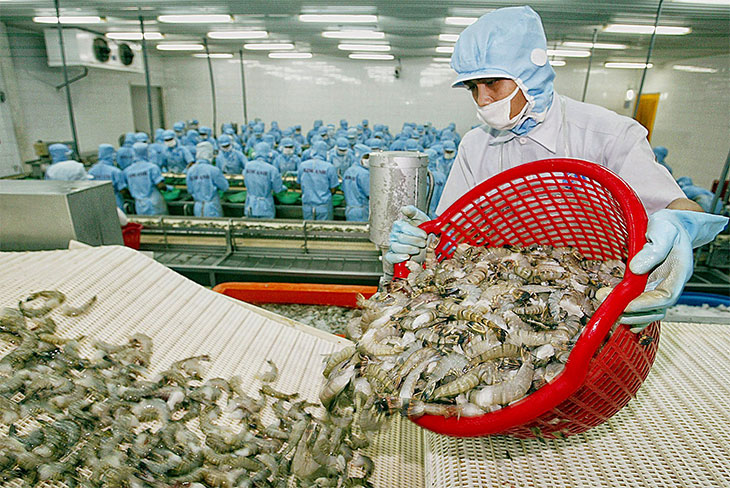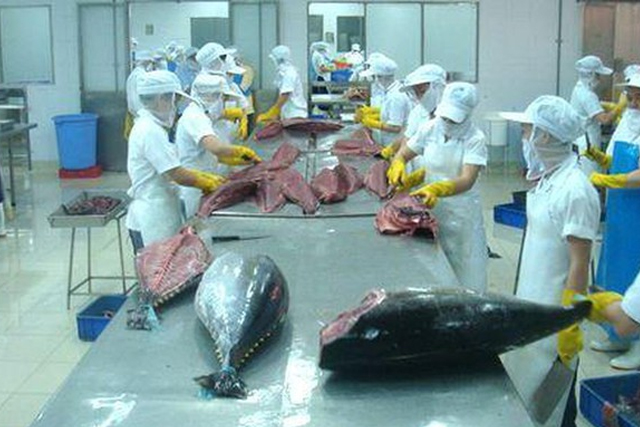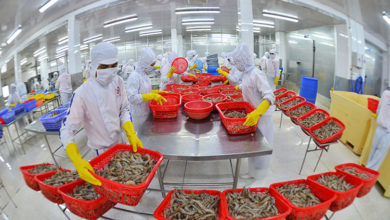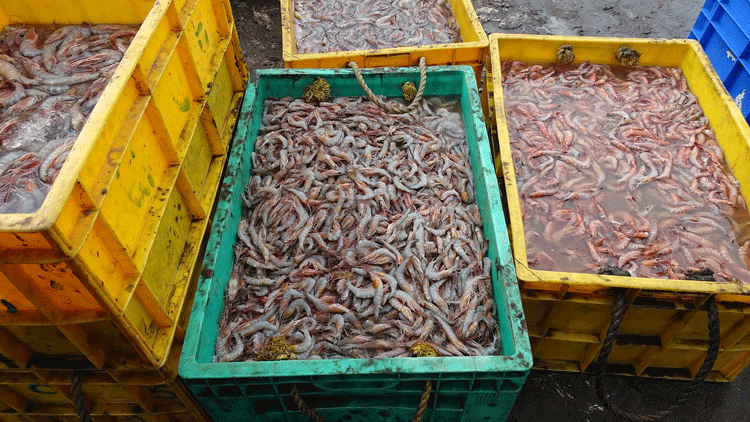Decline in EU wild-caught fish supply creates new opportunities for pangasius
Consumers are increasingly turning to more affordable seafood options or substituting them with alternative protein sources. The continuous decline in wild-caught fish supply and rising prices have opened new opportunities for farmed whitefish products, such as sea bass, sea bream, tilapia, cod, barramundi, and pangasius.
According to the Import-Export Department (Ministry of Industry and Trade), the supply of wild-caught whitefish in the EU is decreasing, particularly Atlantic cod. The UK’s departure from the EU has significantly shifted European consumption patterns since 2020. Whitefish consumption in Europe has steadily declined, with growing reliance on imports.
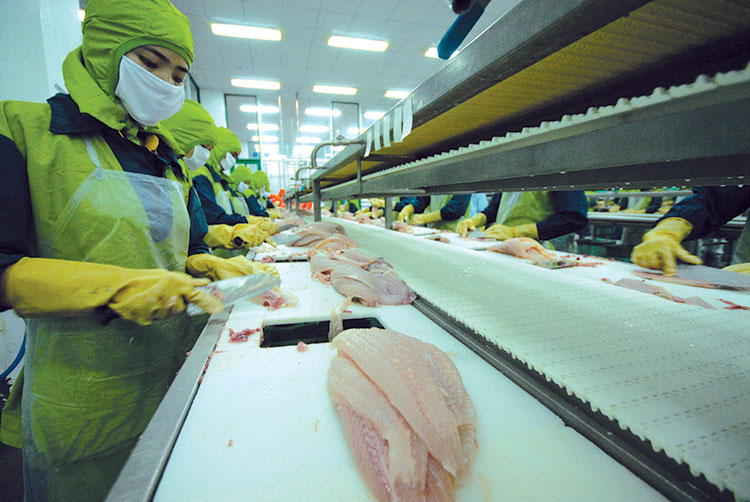
This situation has been further exacerbated by a 25% cut in the Barents Sea cod quota set for 2025, which is a primary source of Atlantic cod for both Norway and Russia. As wild-caught volumes drop, imports of major whitefish species into the EU increased by 4% in volume and 27% in value from 2020 to 2023.
Consumer behavior in the region has also shifted. While EU consumers continue to prioritize sustainable seafood, price has become a more critical factor due to rising living costs.
As a result, consumers are opting for cheaper seafood alternatives or other protein sources. The ongoing decline in wild-caught supply and high prices have paved the way for farmed whitefish products, including seabass, seabream, tilapia, cod, barramundi, and pangasius.
Meanwhile, Europe’s canned tuna production and trade activities are gradually recovering after the holiday season. However, demand for whole round skipjack tuna from European canneries remains low due to the high volume of duty-free tuna loin imports into the EU market.
Sources from Southern Europe report that 52,400 tons of tuna loins were imported this month, exceeding expectations from European canneries and marking a 21% increase compared to approximately 43,000 tons in 2024.
The autonomous tariff quota (ATQ) for duty-free tuna loins remains at 35,000 tons, meaning importers will have to pay an 8% tax on the remaining 17,400 tons.
Reference prices for frozen whole round skipjack tuna in Spain and Italy are steady at around 1,500 euros per ton, while yellowfin tuna prices range from 2,500 to 2,550 euros per ton. In contrast, skipjack tuna delivery prices in Bangkok and vessel departure prices in Manta have dropped to approximately 1,550 USD per ton and 1,600 USD per ton, respectively.
VFM



